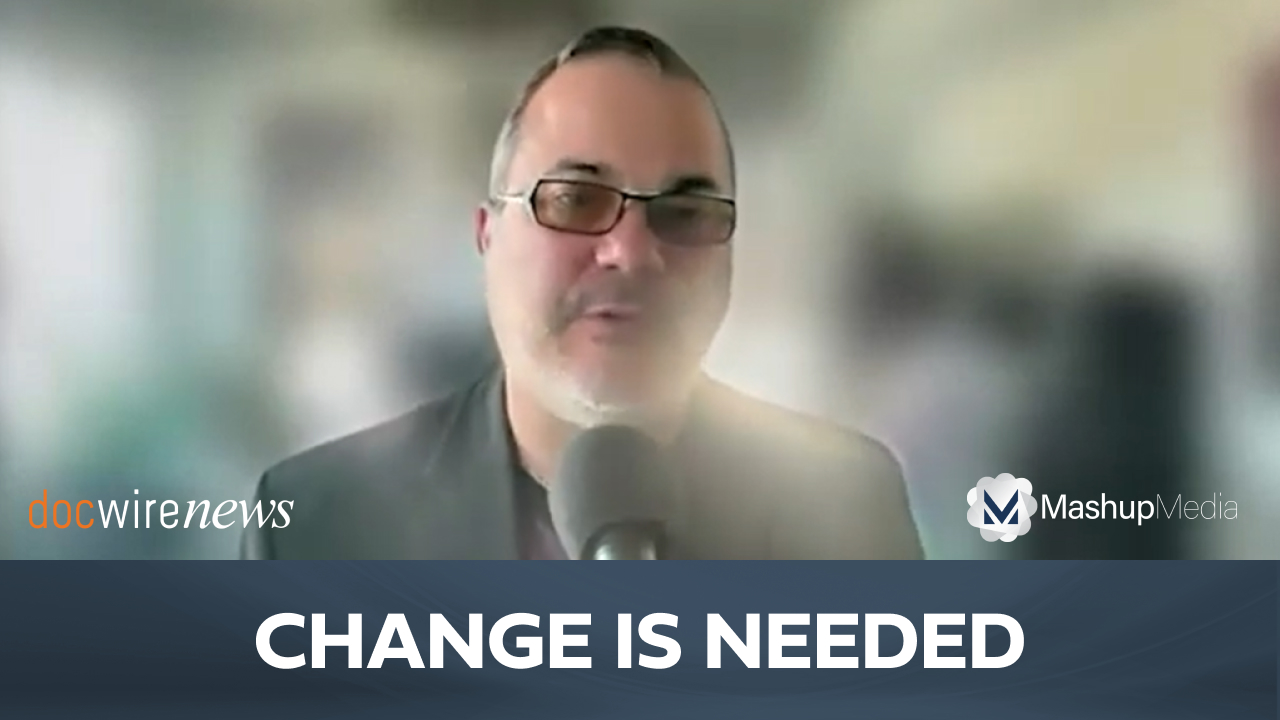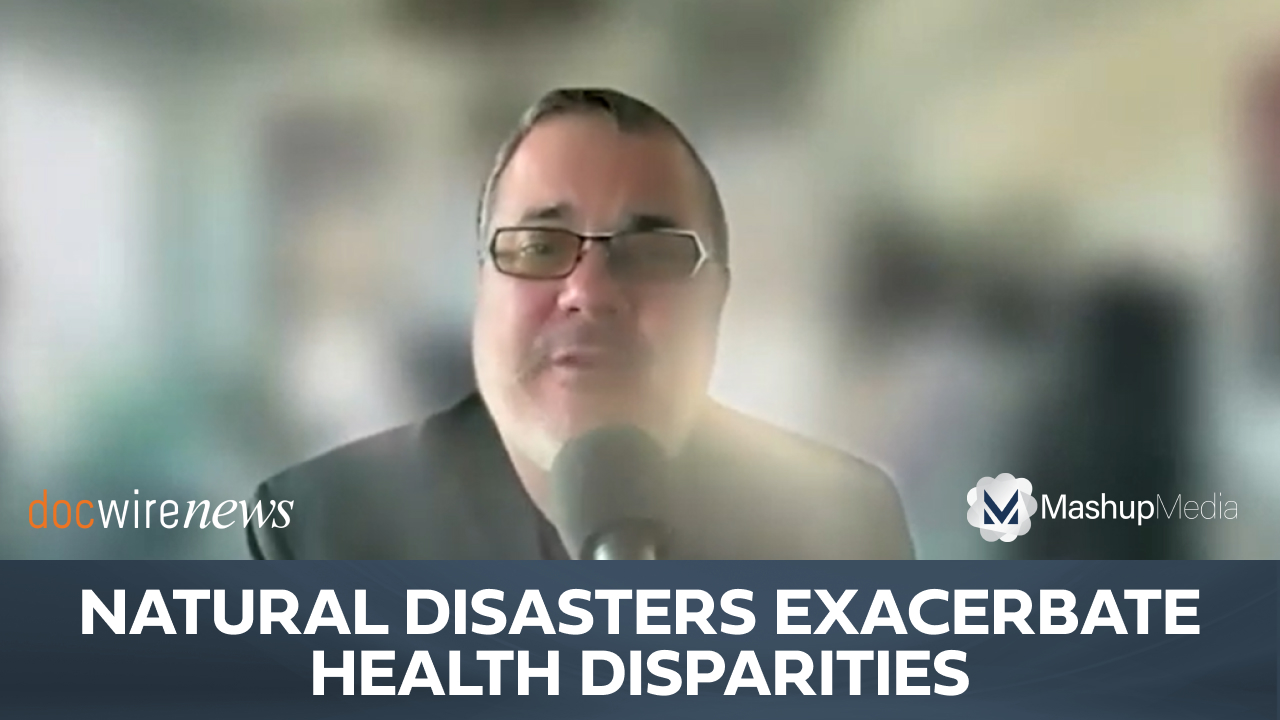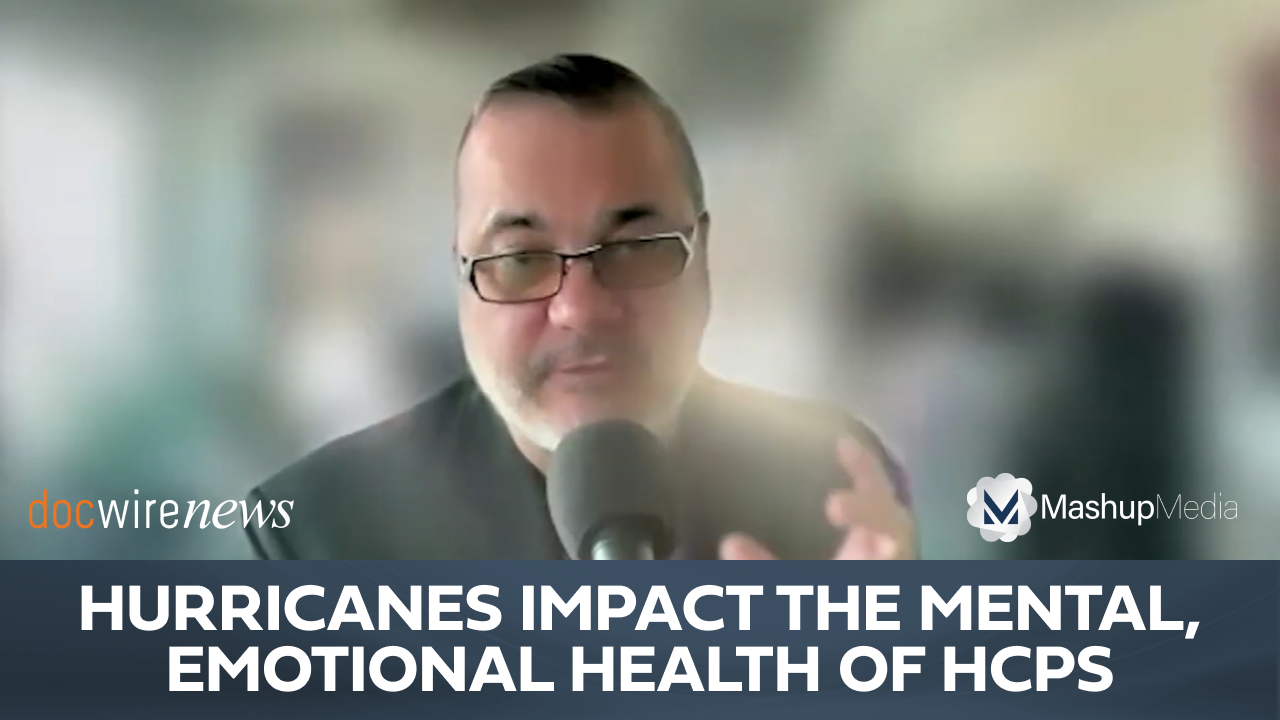Hurricane Associated Power Failures Can Devastate Health Care Facilities
By MarkAlain Déry, DO, Rob Dillard - Last Updated: November 14, 2024One of the biggest concerns during the wrath of a hurricane is always power failures. In a health care facility setting, loss of power can have a proudly negative impact on patient care, staff, and vital medical equipment. In part three of an eight-part interview, DocWire News spoke with MarkAlain Déry, DO, about the dangers associated with power failures at a health care facility during a hurricane.
DWN: One of the biggest worries about dealing with hurricanes is obviously power outages. What are the main dangers associated with power failures when working in a health care facility? Are there any dangers associated with power outages that are perhaps not as well known?
MD: Yes, and not only within health care facilities. One of the things during Hurricane Ida was that we couldn’t let people go home because they didn’t have power. So if they needed oxygen concentrators at home, we couldn’t send them back home because their COPD, or if they had COVID, as I said, it was the confluence, or the interaction, of Delta with Ida. And so people who were needing oxygen, we weren’t able to send home.
But I hope that part of hospitals moving forward have these important generators in place, because disruption of life support systems can happen, such as ventilators, and dialysis, and other critical medical equipment would cease to function, obviously, without power. Any sort of diagnostic and monitoring equipment, including laboratory devices, this becomes completely inoperable. Drug dispensing systems may lock up, limiting access to necessary medications.
Of course, we talked about HVAC systems. These happen in the summer, and these happen in areas that can be brutally hot in the summer. So any HVAC system failures can lead to temperate regulation issues, potential dangerous for vulnerable patients. And again, lack of air conditioning can be especially problematic for individuals and patients who are unable to regulate their own body temperature, which we see both in the very, very young and the very, very old.
Of course, loss of power to cell towers and internet infrastructure can disrupt critical communications. And all this, of course, can affect coordination of patient care, and of course, emergency response. And security risks–for example, power loss to security systems and lighting–can compromise patient and staff safety, which we certainly saw during Katrina–many stories documenting that. Fire alarm and suppression systems can be affected, which significantly increase fire hazards.
Of course, things like essential services, like elevators may not function, which complicates patient transport and evacuation. And I’m sure you’ve all seen the stories of my brave colleagues here in New Orleans. While I got shipped out to Houston, the ones that stayed here were having to literally walk and transport patients up stairwells, oftentimes eight, nine flights of stairs to get them to the roof where they were helicoptered out.
These are the sorts of things that we see with this sort of stuff. And then of course, all of this, really staff challenges. What happens to staff with respect to mental health, fatigue, from prolonged manual operations and increased workload? And I know that we’ll get to mental health impacts a little bit later.
Sanitation and infection control, water pumps and sanitation systems can fail as well. Data and medical record access to the EMR; electronic health records become completely inaccessible.
And lastly, you could see that there would be significant equipment damage as a result of power surges. When electricity is restored, it certainly can damage sensitive medical equipment. I’d like to think at this point that hospitals and facilities are ready and prepared for these sorts of things. Certainly, we are here. But when we’re talking about hurricanes, and if maybe the hospitals are prepared for that here in the US–because that’s part of the regulatory environment–you could see in countries that may be resource poor, that don’t have those regulations in place, you may see how that exhaustive list that I just went through could potentially impact other facilities in other countries as well.







 © 2025 Mashup Media, LLC, a Formedics Property. All Rights Reserved.
© 2025 Mashup Media, LLC, a Formedics Property. All Rights Reserved.